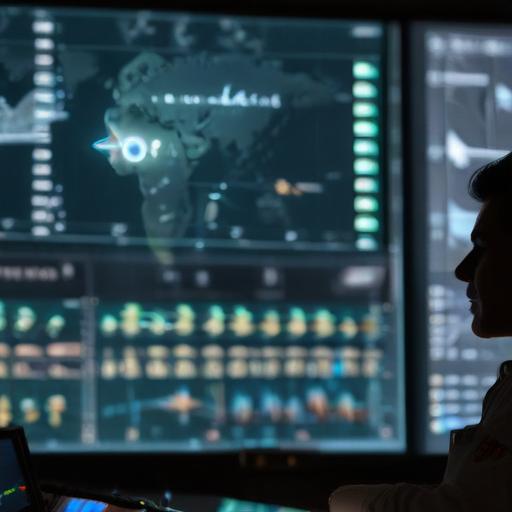The Federal Aviation Administration (FAA) has announced a significant three-year initiative to modernize the nation’s air traffic control systems, aiming to retire outdated technologies that no longer meet current demands. This decision comes as concerns for passenger safety grow following a series of recent aviation accidents and notable technical failures.
The impending upgrades were prompted by increased pressure from the public and lawmakers after several recent tragedies, including the collision of an American Eagle jet and a military Black Hawk helicopter, which resulted in the loss of all 67 lives on board. Other incidents, such as an air ambulance crash in Philadelphia that claimed seven lives and a plane overturning at Toronto Pearson International Airport, have heightened fears among travelers.
Transportation Secretary Sean Duffy emphasized the need for cooperation from Congress to secure the necessary funds for this ambitious overhaul. He asserted, “I need help. I can’t do it by myself,” highlighting that significant financial backing is essential for timely execution. The FAA’s modernization plan includes a sweeping replacement of current systems, particularly the outdated Time Division Multiplexing network, with a more up-to-date internet protocol scheme by 2028.
Among the modernization efforts, the FAA plans to construct six new, state-of-the-art air traffic control centers for the first time since the 1960s, and to update about 618 airborne radar systems that are currently well past their intended lifespan. The aging technology has increasingly contributed to inefficiencies and safety concerns within the aviation sector.
Both Republican and Democratic leaders on the House Transportation and Infrastructure Committee have pledged bipartisan support for the initiative, recognizing the necessity of transitioning to more advanced technology to ensure the safety of air travel. “This accident should never have happened,” stated American Airlines CEO Robert Isom during a supportive event, echoing the sentiments of many affected families and emphasizing the importance of using these tragic moments to facilitate significant improvements.
Looking forward, the FAA is committed to investing in innovative solutions that will enhance both the safety and efficiency of air travel, as consumer demand continues to grow. The hope is that through this modernization effort, the FAA will not only address present concerns but also prepare for a safer and more efficient future in aviation.
